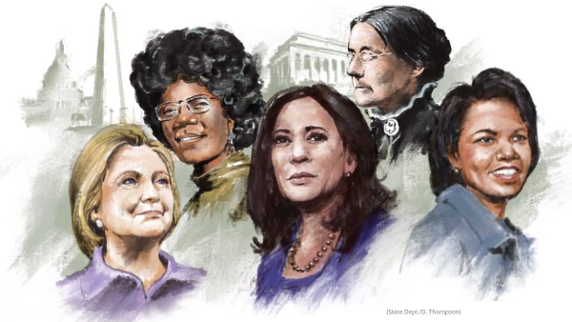
by faw02 | Apr 15, 2022 | Uncategorized
What is The Women Business and The Law Index?
Women’s underestimation and underrepresentation is a wide-spread phenomenon over the globe. With time, some countries worked on diminishing any type of discrimination between genders, while others fell-behind on this matrix. A special tool used to measure the degree of inequality is the Women’s Business and The Law Index, an index that consists of several political, social, and monetary indicators such as:
- Freedom of Movement
- Starting a job
- Getting paid
- Managing assets
- Getting Married
- Having children
- Managing a Business
- Getting a pension
The above-mentioned index scores each country based on its progression and standing in regards to the 8 indicators that cover almost all the angles of sustaining a proper life.
How Can Countries Improve Their Score?
Certain first-world countries such as the United States, Canada, and Western Europe have succeeded in increasing their Business and Law score for women by applying foundational rules and quotas.
Following by example, remaining countries can try implementing one or more of the following solutions:
– Establishing a quota on governmental representation
– Shedding light on women’s crucial role in the business world, as supported by many studies and experiments.
– Establish recruitment targets to select women candidates and support them to join/run a political party.

by Charles Wakim | Apr 15, 2022 | Visualization
Sustainable development goals are set by the United Nations for countries to reach by 2030. And as you’re getting closer and closer to the deadline, I decided to dig deeper into it and check the WDI dataset to see where we stand right now.
One particular goal I looked after, since it’s the easiest to achieve, is gender equality, the fifth goal set by the UN (SDG 5.5.2).
One way to gauge the progress made by the countries in order to reach these goals was so take a look at women’s employment share in senior and middle management. Precisely in the European Union (EU), a rather advanced community when it comes to human rights.
Surprisingly enough, the EU, a utopia of ours (us, Middle Eastern), is not as perfect as we might think. The birthplace of human rights, the nest of gender equality and the one that found the solution for a better living still struggles in achieving perfect gender equality, especially in high positions. And even though we could always argue they’re doing better than us; they’re still not doing enough!

The EU’s average in women’s share of employment in senior and middle management falls around 30%, far away from the 50% target. Even worse, some countries like Italy have their average around 22% without any considerable increase these last few years.
Fortunately, other countries like Latvia reached records of 45% women employment in middle and high management. Even better, this particular country showed a significant increase in numbers in this area between the year 2009 and 2010 due to some regulations taken at that moment without any huge drop afterwards.
Italy could get some inspiration from the Latvian regulations created in order to increase women’s share and middle and senior management and try and fix their low numbers by applying easy to implement solutions and monitor their effectiveness over time.
Once we finish observing Italy, we could use this pilot experiment to try and generalize the process. Then try to implement it in other countries and turn gender inequality in managerial positions to history.


